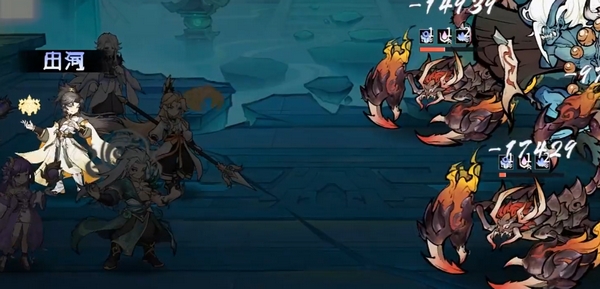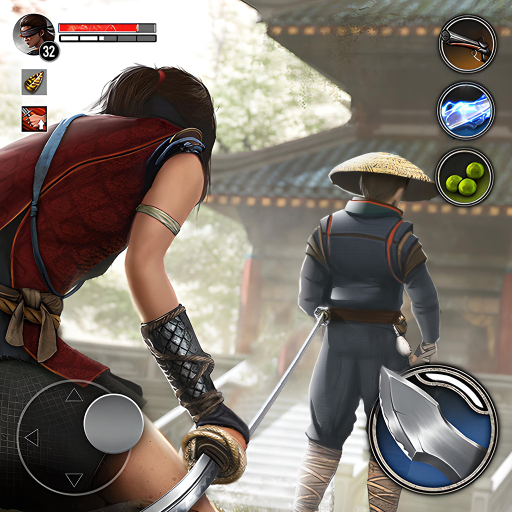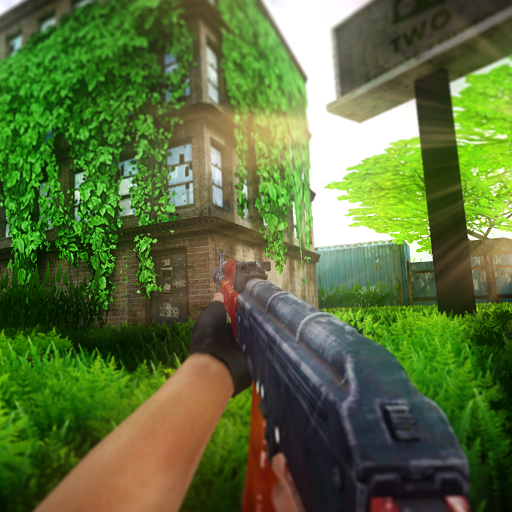Hello everyone, today I will bring you a guide on the initial choices for失控进化. As a survival strategy game centered around biological evolution, the initial decisions directly determine the gaming experience for the first 20 hours. This guide will break down the core logic of character attributes, initial skills, and resource allocation in the most straightforward way, providing pure practical advice without any fluff, to help you gain an early advantage in genetic mutation and ecological competition.
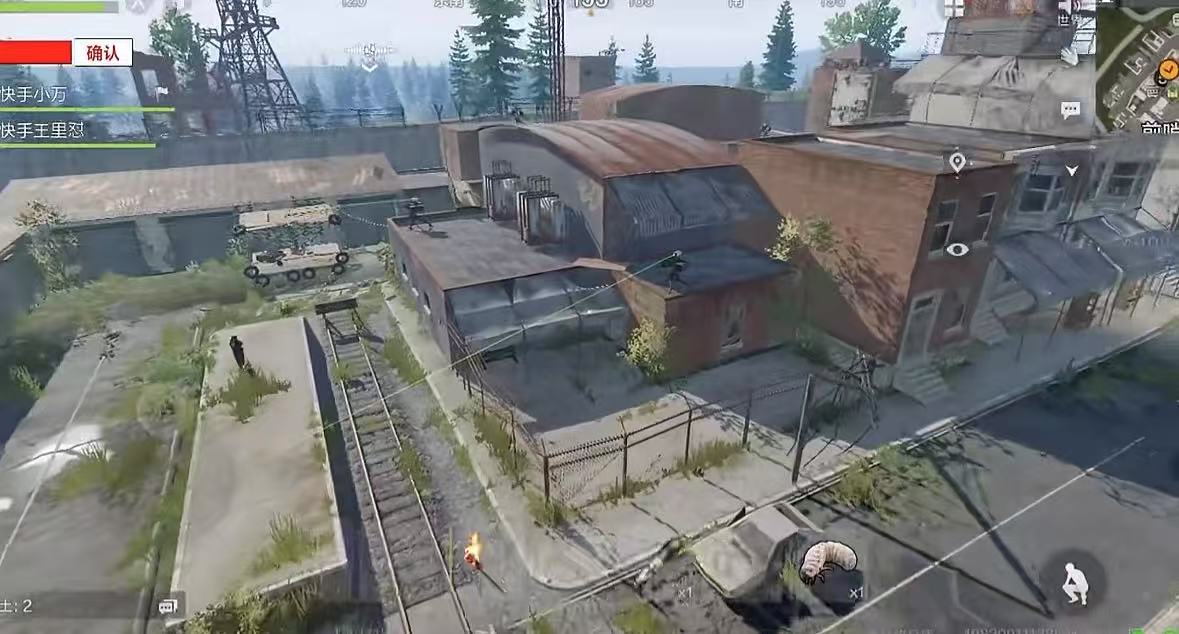
When creating a character, first look at the basal metabolic rate, which is the most easily overlooked key attribute in the early stages. A value below 2.5 will directly lead to a shortage of action points; it's recommended to refresh repeatedly until the metabolic rate reaches above 3.0. In terms of body size, prioritize medium-sized organisms (weight 20-30kg), as this range ensures basic hunting abilities while not overly increasing energy consumption that could slow down development. For the initial environment, avoid swamps and tundra, as these terrains add more than 10% extra survival pressure. It is recommended to start in a temperate forest or grassland, with the former offering stable food sources and the latter making it easier to observe predator activity patterns.
The first three skills to select in the skill tree are camouflage, night vision, and venom gland generation. Camouflage reduces the chance of being detected by predators by 70%, night vision ensures efficiency during nighttime activities, and venom gland generation is a key counterattack method with great potential. Note that skill points should not be spread out; focusing on reinforcing survival-related skills in the early stage can help quickly get through the dangerous period. Skip seemingly powerful combat skills like bone density enhancement and muscle burst, as these require mid-to-late game gene chains to be truly effective.
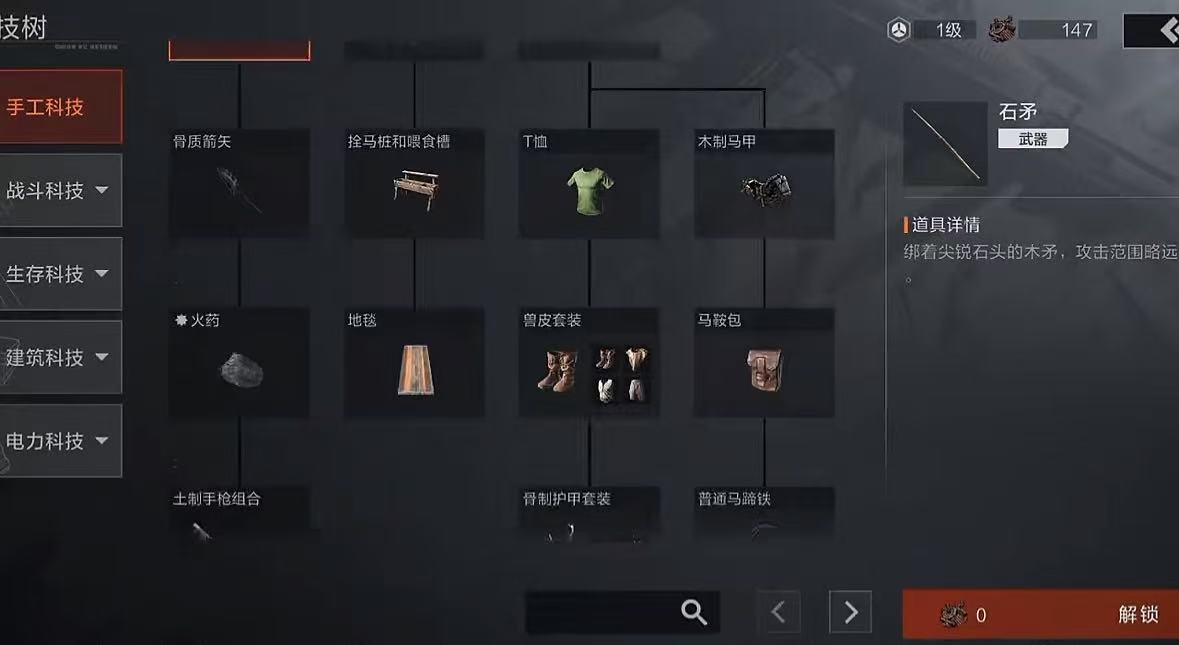
Initial equipment selection should focus on cost-effectiveness. Abandon all offensive items and prioritize obtaining 3 emergency food packs and 2 camouflage sprays. The game will force three random events within the first 6 hours, two of which are related to food shortages. Carrying camouflage spray can provide 15 seconds of escape time when encountering high-level predators, enough to hide in terrain cover. Be especially careful not to exchange for a gene detector, as its actual function is just marking common resource points, which can be replaced by manual exploration.
Attribute distribution follows the "3+2" principle: of the 5 attribute points gained per level, allocate 3 to perception and 2 to agility. Perception affects resource discovery rate and danger warning distance; reaching 15 points allows sensing predators 10 seconds earlier. Maintaining 12 points in agility is sufficient for early-stage movement needs, as higher agility actually accelerates energy consumption. There's no need to allocate points to constitution and strength, as these attributes can naturally improve through subsequent genetic mutations.
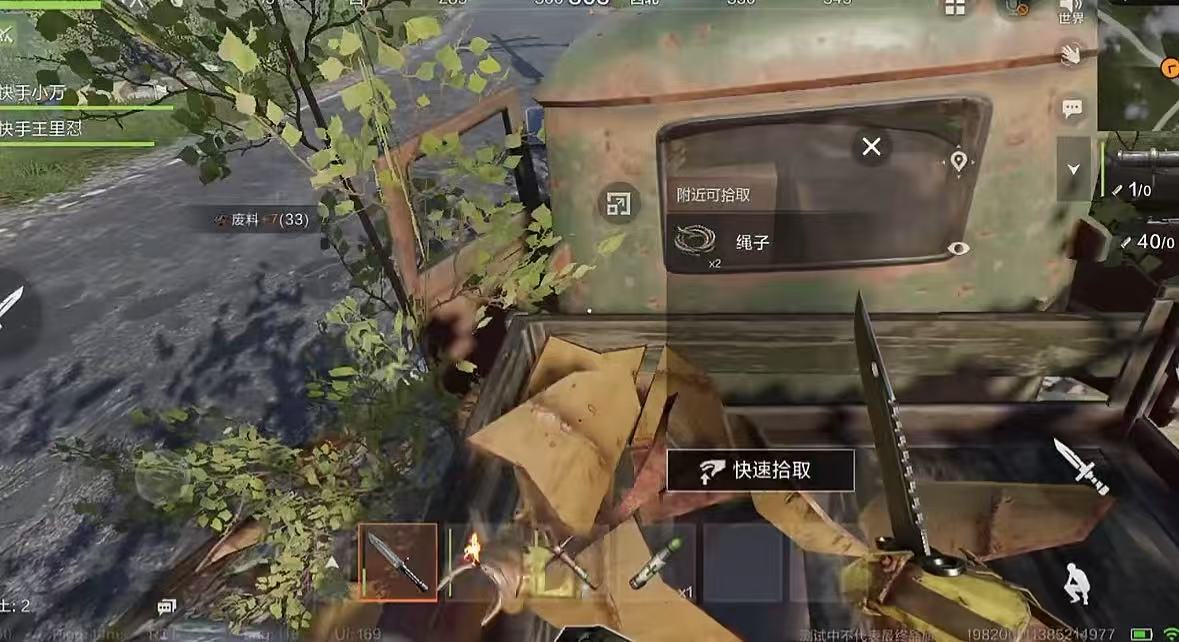
Resource collection should focus on three types of materials: glowing mushrooms, iron ore, and resin. Within the first 48 hours of in-game time, stockpile at least 30 glowing mushrooms, as the first bloodline evolution will trigger a mandatory poisoning state. Collect exactly 20 iron ores then stop, as excess weight significantly impacts mobility. Stay away from beehives, although they produce rare honey, approaching them without anti-venom skills in the early game is equivalent to suicide.
There is a hidden mechanism in choosing the evolution path: selecting the same direction of mutation three times consecutively activates a special gene chain. It's suggested to choose defensive mutations for the first two evolutions, then suddenly switch to an offensive one for the third, triggering a gene conflict event and earning double mutation points. When evolving reptiles, keep the venom gland skill, otherwise, the scale defense bonus decreases by 40%. When given optional mutations, prioritize unlocking photosynthesis or saprophytic digestion, as these abilities completely solve food supply issues.
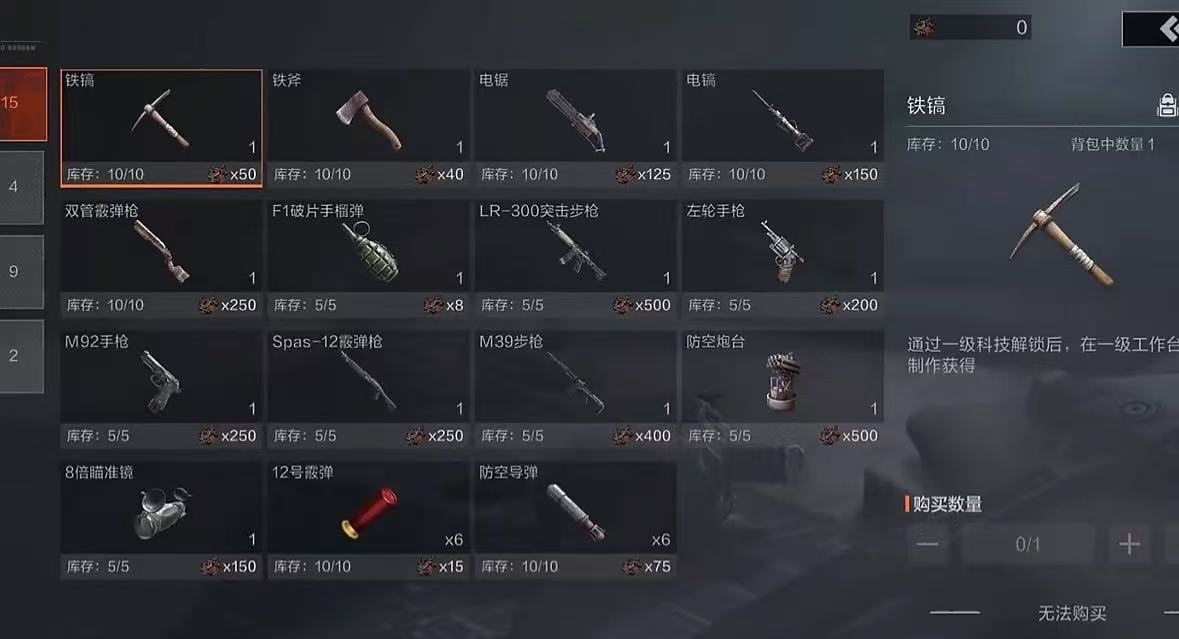
This concludes the entire guide on initial choices for失控进化. Remember, the core goal for the first 72 hours is to survive rather than become strong, so all decisions should aim to reduce risks. Make good use of the compensation mechanisms in genetic mutations, intentionally create attribute weaknesses to trigger rare evolution events. Keep your nest defense level always 20% ahead of the current progress, and when faced with uncertain choices, prioritize retaining food and scouting skills. Mastering these key points will allow you to stand firm in the harsh competition of evolution.

